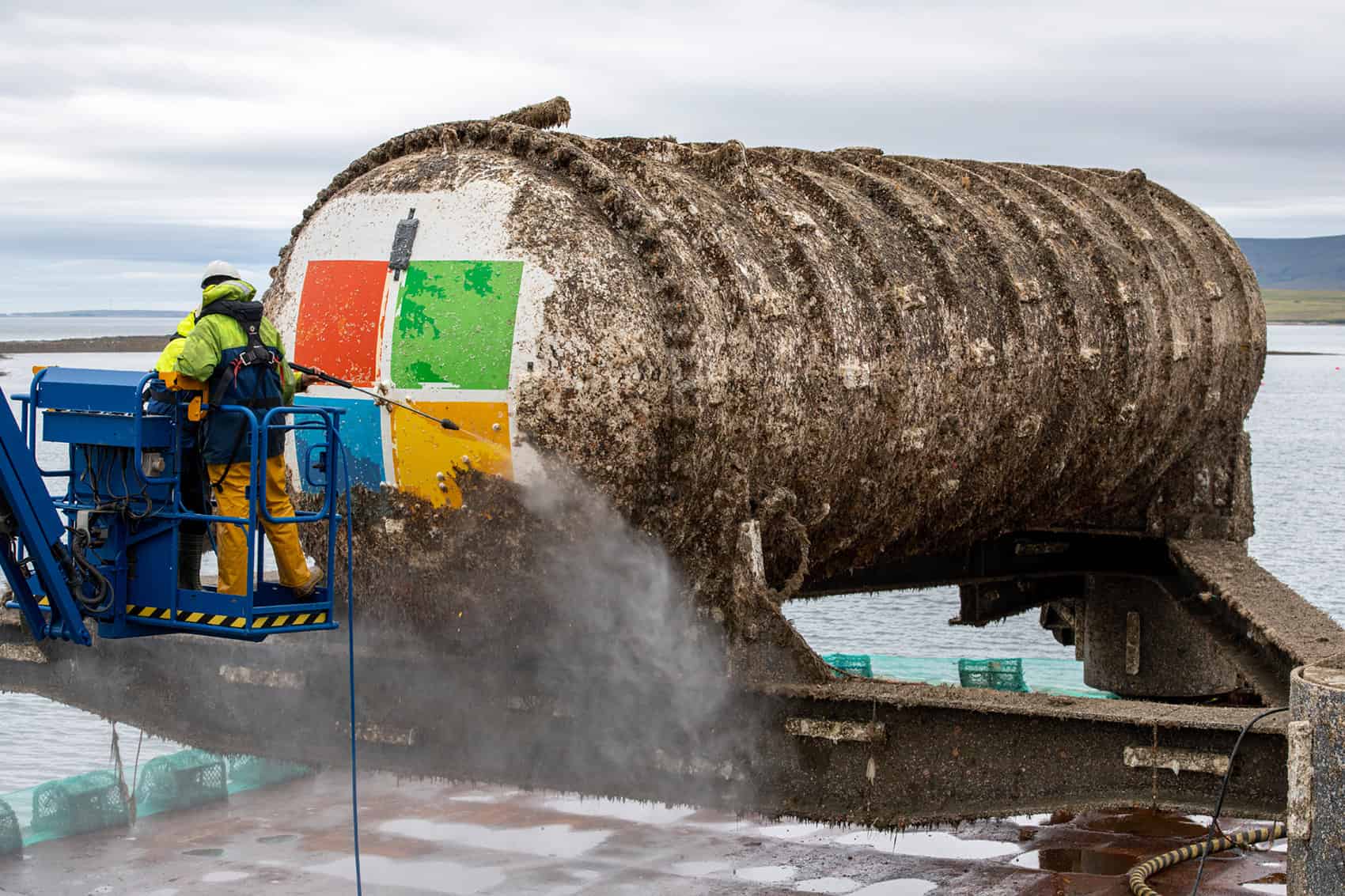
Subsea Cloud, a pioneering US start-up, is expanding its underwater data centres to Europe, launching new facilities in Norway and the UK. The company claims under water data centres offer a myriad of benefits. Most notably, their data centres have less environmental impact, consuming no water or harmful chemicals, and will exclusively use renewable energy by 2026. The concept, a brainchild of Scottish engineer and founder Maxie Reynolds, aims to reduce latency, costs, and CO2 emissions. The technology echos ideas tested by tech giant Microsoft, under Project Natick.
- Underwater data centers offer eco-friendly, secure, and accessible data storage solutions.
- They reduce environmental impact and cost, while improving data latency and security.
- The innovative approach has the potential to transform data storage and computing practices globally.
Turning the tide on tradition
Traditional data centres, typically located in rural, landlocked areas, have long been a major contributor to global carbon emissions due to their high energy consumption. They also require substantial land resources, making them increasingly expensive and environmentally unfriendly. In contrast, Subsea Cloud’s innovative approach to data storage and computing seeks to change this narrative by placing data centres in the depths of the ocean.
The concept of underwater data centres was first introduced by Microsoft’s Project Natick, which developed a prototype data centre, Northern Isles, has been tested off Scotland’s Orkney Islands. Subsea Cloud has taken this idea further, planning deployments at depths of 3,000m, with an ambitious target to have hundreds of subsea data centres in operation by 2026.
Benefits beneath the surface
Subsea Cloud’s underwater data centres offer significant benefits over their land-based counterparts. The most obvious advantage is the considerable reduction in environmental impact. These subsea data centres use zero water, zero refrigerants, and zero harmful chemicals, and are designed to work with renewable energy sources. The company plans to consume renewable power exclusively by 2026, making a significant contribution towards reducing carbon emissions.
From a financial perspective, Subsea Cloud’s underwater data centres are also more cost-effective. They are 70% less expensive to build than land-based data centres, with the savings coming from reduced material costs and deployment complexity. Additionally, being located near coastlines allows these data centres to benefit from long-term contracts with power providers for cheaper power.
Reshaping the data landscape
Data latency, a measure of the delay in data communication over a network, is another area where underwater data centres excel. More than half the world’s population lives in coastal areas. Placing data centres closer to these populations reduces latency, providing a boost in performance for customers. Subsea Cloud’s underwater pods can reduce data lag by up to 98% and provide faster internet connections.
Security is another critical factor in data storage and management. The company’s underwater data centres offer increased security. Being located 3,000m underwater makes them less accessible, hence more secure from physical threats.
Challenges and the road ahead
Despite these advantages, underwater data centres face challenges. The most significant is the technical complexity of maintaining and repairing equipment underwater. However, Subsea Cloud’s design allows for rapid development and deployment, with no upper limit on deployment numbers. As a result, the company can scale its services quickly and seamlessly, far beyond what is possible on land.
Subsea Cloud’s innovative approach serves as a compelling example of how technology can help tackle climate change. The company’s expansion into Europe is a promising sign that underwater data centres could soon become a mainstream solution, providing a more sustainable and efficient approach to data storage and computing. As more companies follow in Subsea Cloud’s wake, we may see a sea-change in the way data is stored and processed.

